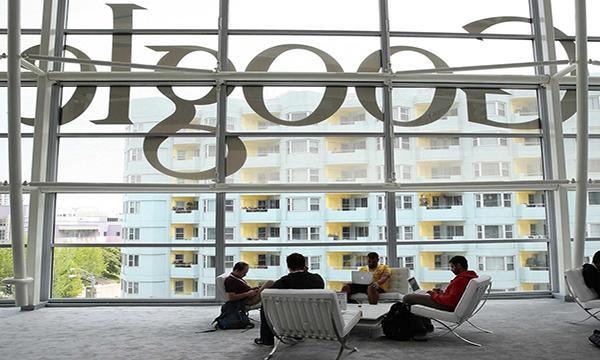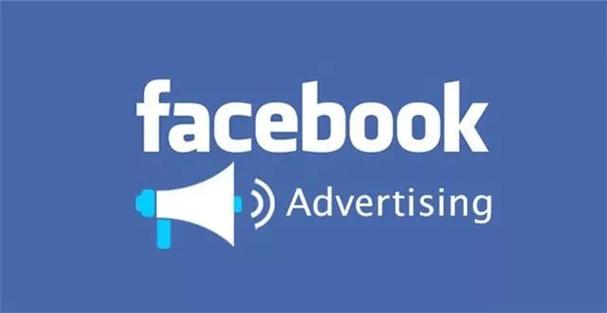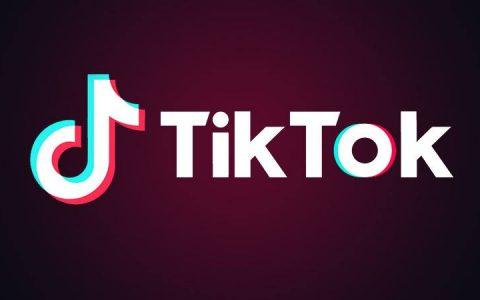TikTok And The Power Of User Generated Content
TikTok continues its rapid rise as a major player in social media. Its unique format thrives on content created by its own users. People make videos, share them, and others engage. This user generated content, or UGC, is the core of TikTok’s success. It powers the platform’s endless stream of entertaining clips. Everyday users become creators overnight. They build massive followings just by posting authentic moments. This authenticity is key. Viewers connect more with real people than polished ads. The short video format is perfect for quick, creative expression. People share dances, jokes, life hacks, and personal stories. This keeps the feed fresh and unpredictable. Users discover new trends constantly. They participate by making their own versions. This cycle builds huge communities around shared interests. Brands notice this powerful engagement. They see TikTok’s potential for marketing. Many companies now encourage UGC instead of traditional ads. They run challenges asking users to create content featuring their products. This approach feels more genuine. It builds trust faster than a standard commercial. Users willingly promote brands they like to their own followers. This word-of-mouth effect is incredibly valuable. It drives awareness and sales effectively. TikTok provides the tools for easy content creation. Its editing features are simple and fun to use. This lowers the barrier for anyone to participate. People feel empowered to share their creativity. The platform’s algorithm then surfaces the best content. It rewards originality and genuine interaction. This focus on user creativity makes TikTok distinct. It highlights the raw power of content made by the people, for the people. Marketers must understand this shift. User generated content offers a direct line to audience attention. It requires brands to be more open and less controlling. They need to collaborate with their audience. Successful campaigns on TikTok embrace this user-first mentality.
(TikTok And The Power Of User Generated Content)








